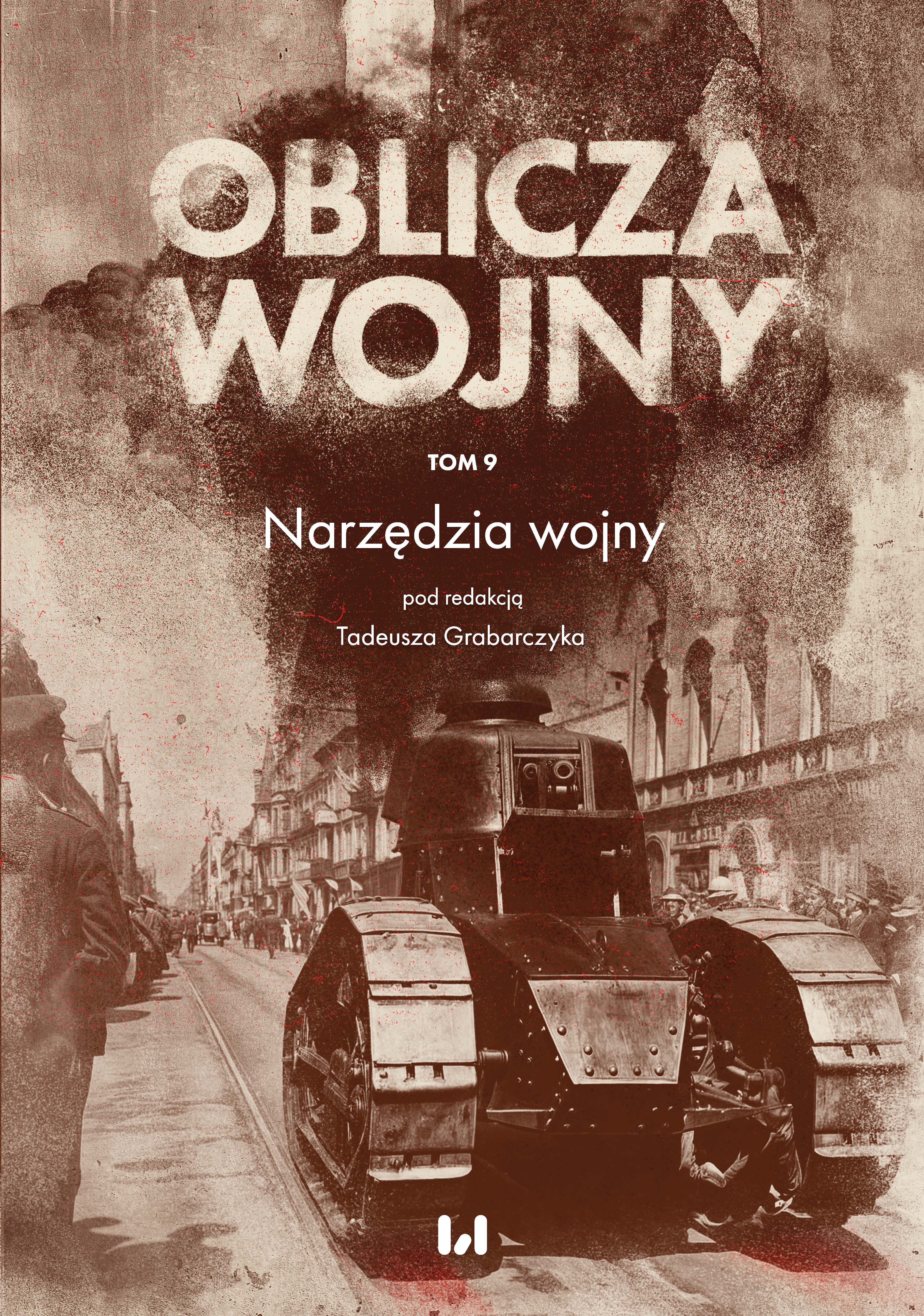Polskie pociągi pancerne w wojnie polsko-bolszewickiej 1919–1921
Polish Armor Trains in the Polish-Soviet War 1919–1921
Author(s): Adam Lajdenfrost
Subject(s): History, Military history, Political history, Interwar Period (1920 - 1939)
Published by: Wydawnictwo Uniwersytetu Łódzkiego
Keywords: armored train; Polish-Soviet war; weapon; tactics; history of Poland; military conflict
Summary/Abstract: An armored train is an armored steam locomotive with several wagons, armed with cannons and machine guns. This weapon has evolved since the invention of the train in 1825. Poland did not have a tradition of using armored trains. The development of this weapon, after Poland regained independence in 1918, followed the patterns taken from the partitioning powers. During the Polish-Soviet war, their use was favored by the vast terrain on which the hostilities took place. For their course, it was important to have control over railway lines and junctions, which was achieved thanks to the use of armored trains. The intensity of the fighting and the military's need for this type of weapon, with the simultaneous lack of appropriate plants and specialists, meant that a large part of these machines did not come from factories but was temporarily improvised with the use of materials at hand. The effectiveness of armored trains in battle during the war with the Bolsheviks meant that in the interwar period this type of weapon was still being developed. It was successfully used during World War II, which was followed by the decline of armored trains.
Book: Oblicza Wojny, t. 9, Narzędzia wojny
- Page Range: 129-181
- Page Count: 53
- Publication Year: 2023
- Language: Polish
- Content File-PDF

